With over 15 million unemployed, some people see the fast-growing number of immigrants, including the some 12 million illegal immigrants, as a pressing issue.
Some experts are claiming that illegal immigration is impacting native employment. Dr. Steven Camarota, director of research of the Center for Immigration Studies, said that immigration has a direct relationship with declined teenage employment in the country.
At a panel discussion on May 12 at the National Press Club, Dr. Camarota said that in the top fifteen kinds of teenage jobs, “about one out of five workers—a little more—is an immigrant.
“So there are a lot of immigrants in ’teenage jobs.' These include things like retail salesperson, waitress, stock handler, cook, construction laborer, food preparation worker—just exactly the things you might expect.”
Dr. Camarota referred to statistics that in 2007 the ten states where immigrants formed the biggest part of the workforce had only 45 percent U.S.-born teenagers in the labor market, as opposed to 58 percent in the ten lowest immigration states.
The number of teenagers not working in 2007 was about 9 million, compared to 5 million in 1994, according to Dr. Camarota, who thinks that immigration accounts for a significant part of this decline.
Public Turning More Negative
Recent polls show the degree of public concern over illegal immigration.
According to an April 29 Ramussen poll, 64 percent of Arizona’s voters supported their state’s new stringent immigration law, 30 percent opposed.Arizona passed on April 23 what is said to be the toughest immigration law in the United States, allowing police to question people at any time upon “reasonable suspicion” about their immigration status. Critics of the law, including President Obama and Mexican President Felipe Calderon, say it risks “racial profiling.”
A CBS News/New York Times national poll in early May found that only 36 percent of adults thought the Arizona law “went too far” while 60 percent said it was about right or didn’t go far enough.
Children of illegal immigrants are involved as well. A Rasmussen poll reported on June 3 that 58 percent of U.S. voters in a telephone survey agree that children of illegal immigrants should not automatically become U.S. citizens; 33 percent disagreed.
Support for tougher employer sanctions has also gone up, according to a Rasmussen poll released on June 4. Only 21 percent opposed sanctioning employers who hire illegal immigrants while supporters counted for 70 percent, a jump from 60 percent four years ago when the Senate debated illegal immigration.
The CBS/Times poll in early May found 65 percent of Americans say illegal immigration is a “very serious problem,” an increase of five points from two years ago. 78 percent say the United States should be doing more to stop illegal immigration.
It’s not just Republicans who oppose illegal immigration. Democrat pollsters—Stan Greenberg, Celinda Lake, Guy Molyneaux—are advising Democratic politicians based on their surveys to drop immigrant empathy, said Politico on June 10. They advised avoiding the phrase, “an earned path to citizenship,” which Democratic voters regard as amnesty and rewarding immigrants for breaking the law. Pollsters even advised dropping the term, “undocumented workers,” as sounding too positive towards illegal immigrants.
A Vital Workforce
The Independent Task Force on Immigration and America’s Future, co-chaired by former Sen. Spencer Abraham and Rep. Lee H. Hamilton, provided perspective on the immigration issue in “Immigration and America’s Future: A New Chapter,” released in 2006.
Written by the Migration Policy Institute, a nonpartisan think tank, it said that immigrants play a positive role in augmenting the workforce because the U.S. economy is creating more jobs than can be filled by native workers. Today, we might want to add the caveat: during times of economic expansion.
“In the 1990s, half of the growth in the U.S. labor force came from new immigrants. … Without immigration, we cannot sustain the growth and prosperity to which we have become accustomed,” said the Task Force.
In recent years, immigration from Mexico declined from one million in 2006 (before the recession) to approximately 600,000 in 2009, according to Jacqueline Mazza and Eleanor Sohnen, Inter-American Development Bank. Evidently, the flow of illegal immigrants is sensitive to market conditions.
To have comprehensive immigration reform, we must “accommodate the legitimate needs of American employers to hire workers they require to meet the demands of their customers,” said Daniel Griswold, Center for Trade Policy Studies, Cato Institute.
Griswold cited figures from the Department of Labor that showed a shortage of native workers between 2006 to 2016 to fill jobs that required few skills and minimum formal education: janitors and cleaners, waiters and waitresses; food preparation and serving workers, including fast food, personal care aides; laborers, and landscaping workers. As the native workforce becomes better educated, we will need immigrants to do these necessary jobs. “By willingly filling this gap, immigrant workers enable important sectors of the U.S. economy to continue to grow and meet the needs of their customers,” said Griswold.
Econometrician Giovanni Peri, University of California (Davis), said June 7 at the Migration Policy Institute in Washington, that immigration improves employment, productivity, and income. However, it also involves some short-term adjustments. In the short term, immigrants push natives out of manual tasks, but in the long term (seven to 10 years), it increases productivity and income for workers. These adjustments are more difficult during periods of economic slowdowns.
Dr. Peri found that during the period 1994 of 2009, the net immigration rate (includes both legal and illegal immigrants) is positively linked to the employment rate.
However, Dr. Peri found when examining data from this period that there is no relationship between the legal immigration rate and the employment rate. Why is this? It’s because only the illegal immigrants are responsive to the labor demand; legal immigrants are affected much more by other factors. Seventy percent of the green cards are awarded for family reasons (reunification and family sponsors) not related to market forces.
Increase Legal Immigration and Sanction Illegal Hiring
By allowing more less-skilled immigrants to come in as authorized workers, the motive to enter the U.S. illegally would be reduced significantly. The Task Force conclusion is still valid: “Any strategy to reduce illegal immigration must therefore increase the numbers of workers admitted legally, and then effectively and credibly punish employers who continue to hire unauthorized workers.”
Dr. Peri recommended that the inflow of new immigrants be allowed to vary with the strength of labor demand to minimize the short term adjustment. He recommended that the “number of employer visa applications serve as the main indicator of how strong labor demand is under current economic conditions.”
Employers need tools to reliably hire only authorized workers. Democratic Senators Reid, Schumer and Menendez introduced April 29 the Comprehensive Immigration Reform bill that includes a new ID card system: Biometric Enrollment Locally-stored Information and Electronic Verification of Employment (BELIEVE).
The bill said that these cards will be “fraud-resistant, tamper-resistant, wear resistant, and machine-readable social security cards containing a photograph and an electronically coded micro-processing chip which possesses a unique biometric identifier for the authorized card-bearer.” The card would only be used to verify employment status could not be used for any other purpose.
The data would be stored in a template of the card and not in any database. Critics of a National ID card, such as the ACLU, may be willing to accept a card that can only be used for one purpose.
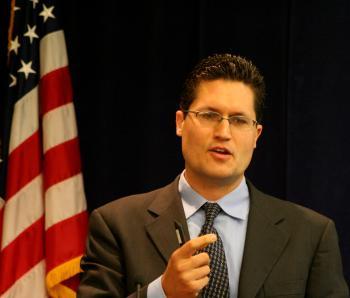
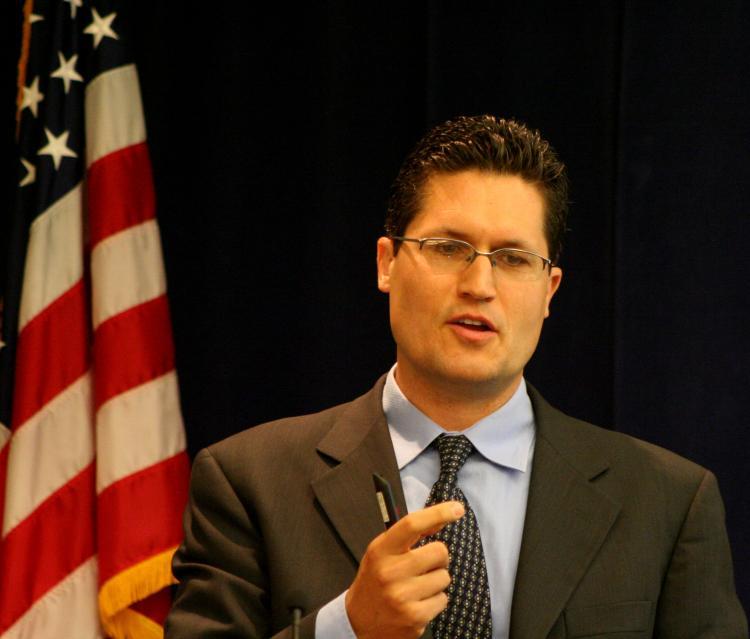
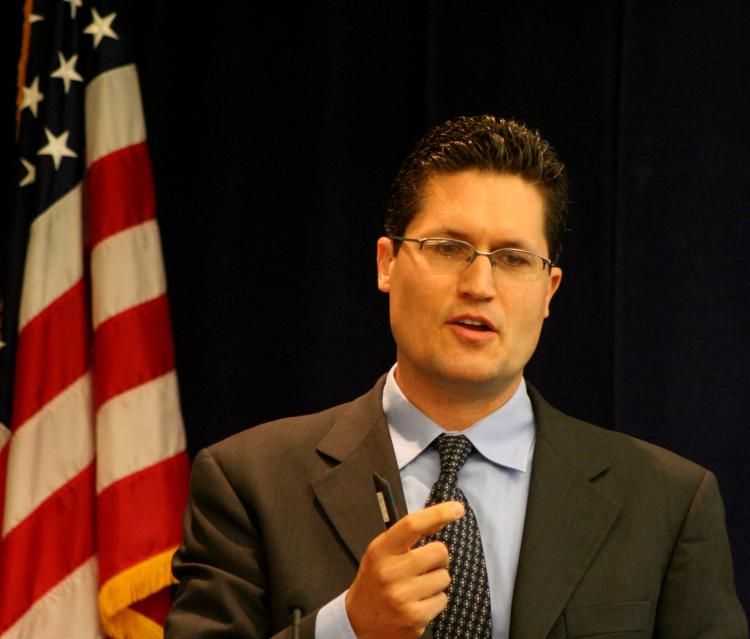
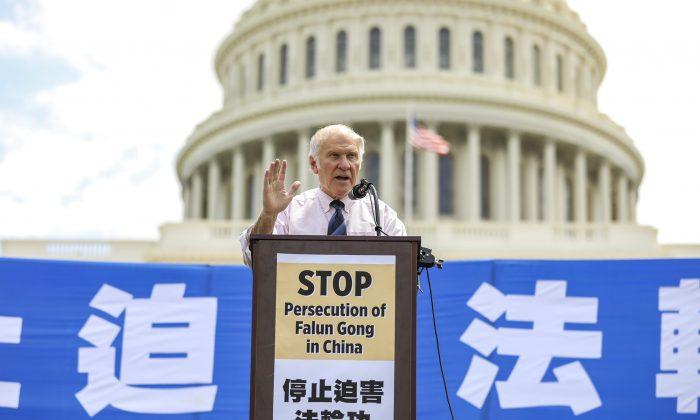
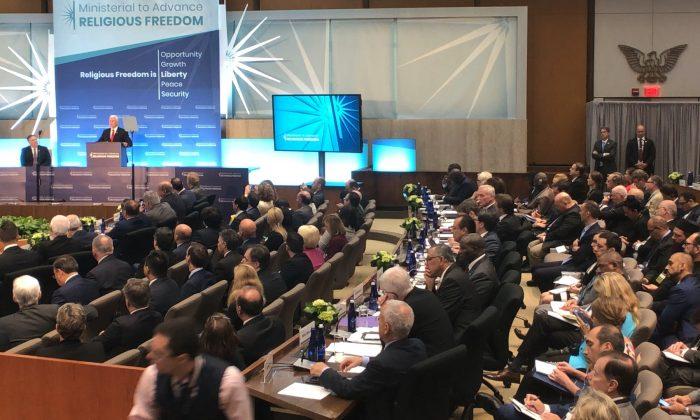


Friends Read Free